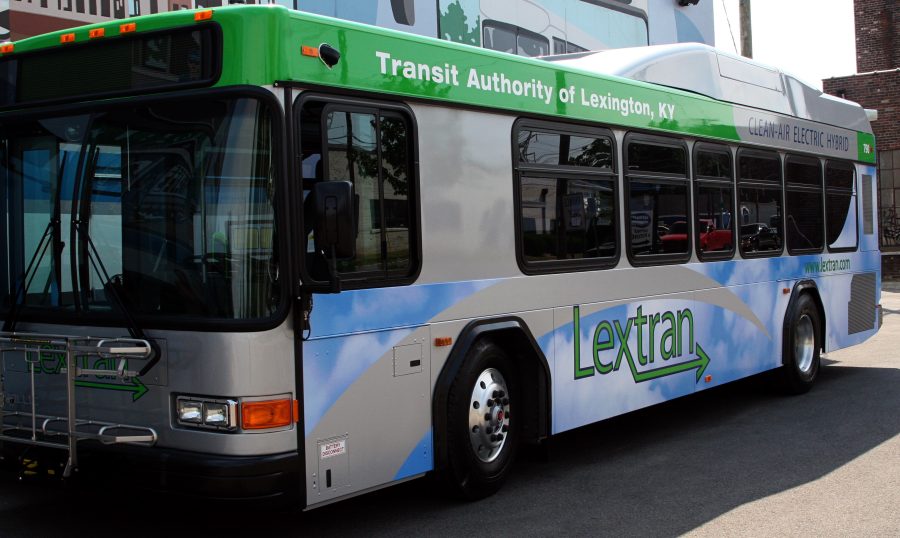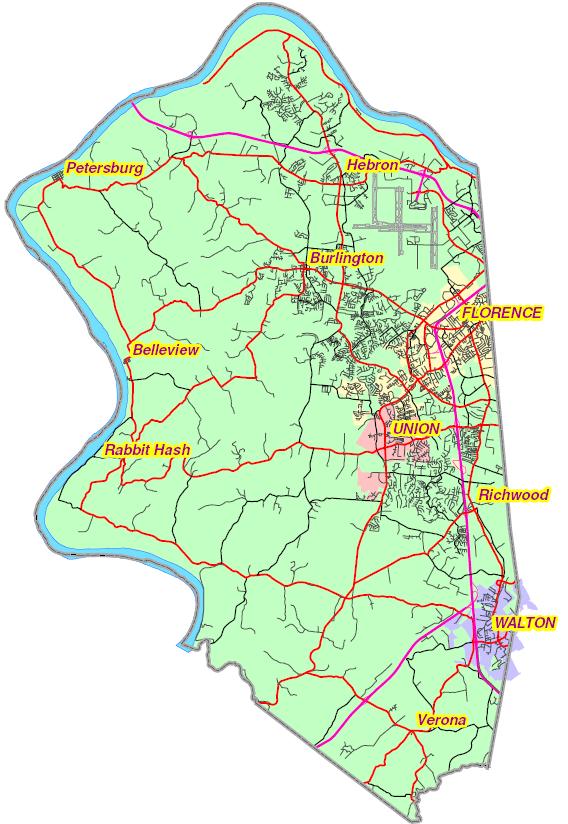Just a few eggs hatched in Kentucky that have shaped the outcome of society: Louis Brandies, Thomas Hunt Morgan, John Marshall Harlan, Henry Clay, Ephraim McDowell, Nathan Stubblefield, and of course the Lincolns. The list can go on and on, but one concern Republican candidate for Governor, James Comer has is that not all of them stayed in Kentucky.
That concern is the fabric of the new Comer McDaniel Plan for Higher Education released this morning with an announcement on Twitter.
https://twitter.com/comerforgov/status/588720250629148673
While appetizers and sides about localizing k-12 educational control, and revising the funding structure for universities from one based on admittance to one based on graduation are sprinkled throughout the plan, the main course focuses on the rising cost of college tuition and the concern that many of Kentucky’s most successful students graduate and leave the state. Comer proposes a tax credit for graduates of Kentucky four-year universities who remain in the state to help recoup the cost of tuition, which can run as high as $40,000 at “flagship” schools, UK and UofL, and $30,000 for regional universities like Morehead, EKU or Western.
Under Comer’s plan students must graduate in four years, an accomplishment attained by only 27 percent of flagship and 22 percent of regional students, and remain in the state working. Those who do will receive annual tax credits reimbursing them for about half of their tuition costs, $20,000 and $15,ooo respectively. Comer argues this will provide an incentive for students to remain in the state after graduation, which will attract higher paying jobs and companies which require a more educated workforce.
Data backs up Comers concerns. Last year, just before the start of fall semester, the Kentucky Center for Education & Workforce Statistics released a 2014 PostSecondary Feedback Report, which looked at graduates from state schools. It found that 80-90 percent, depending on the degree and school, of state school graduates remained in Kentucky one year after graduation; however, 10 years later, the proportion falls to 49-63 percent, again, depending on the degree and school.
But the Comer plan faces some struggles. While the median income in Kentucky is just over $42,000 per year, the PostSecondary Feedback showed that students took an average of 10 years in the labor force to reach that median income for all degrees not medicine or STEM fields, which could be the major force driving graduates out of the state.
The plan will be enticing for many Kentucky graduates, 62 percent of whom have student loan debt, the 19th-highest count in the nation. The average load on a young graduate’s wallet is $24,584. Receiving up to $20,000 back in tax credits could wipe out student loan debt for a large part of graduates.
But Comer is faced with the chicken and the egg scenario. If elected, and this plan is put into action, the question is which comes first, the education or the jobs? Is it a more educated workforce that will attract better paying jobs, or is it better paying jobs that will convince graduates to stay in Kentucky?
Comer has not said how many years students will receive tax credits before they reach full reimbursement, which leads to an important question. Will graduates be satisfied receiving tax credits from the state if they are have to wait 10 years to even make median income, or will they jump ship, and leave the tax breaks on the table for higher paying jobs elsewhere? The answer may just be in how many chickens a hypothetical Governor Comer could hatch.
Comer Releases Higher Education Plan
April 16, 2015
0
Tags:
Donate to Big Blue Student Media
Your donation will support the student journalists of University of Kentucky School of Journalism and Media. Your contribution will allow us to purchase equipment and cover our annual website hosting costs.
More to Discover

























